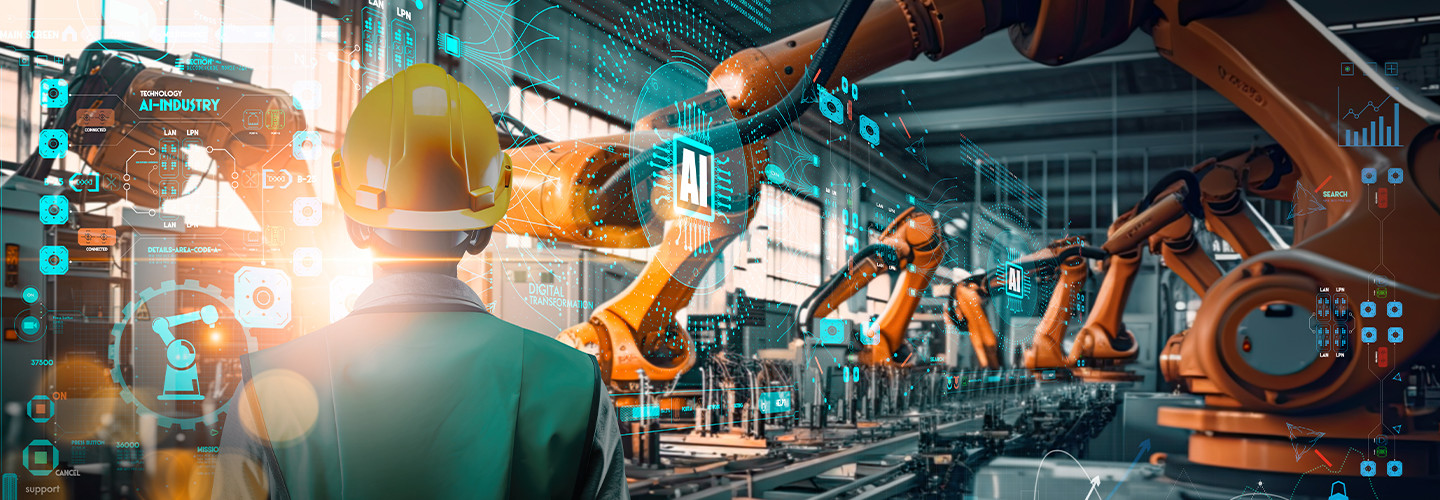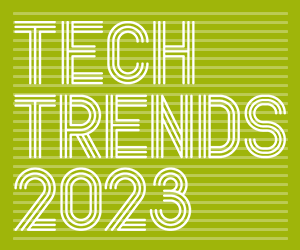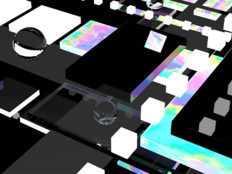How the Energy Sector Embraces IoT Technology
E&U was already exploring IoT before COVID-19 appeared in March 2020, but it received a crash course in the technology’s possibilities after that global turning point. As the human workforce was stripped to its essentials, IoT sensors allowed for remote surveillance, monitoring, and control, allowing operations to continue.
One of the biggest boons of IoT technology is how it increases efficiency. On a physical level, smart sensors monitor pipeline flows to keep operations moving. Those devices can also check for leaks, flaws and inefficiencies, allowing workers to tend to problems before they’re reported or become problematic. Predictive maintenance via remote sensors and machine data means less downtime for equipment, further boosting efficiency.
Efficiencies aren’t limited to basic delivery: Smart metering systems can collect meter readings and other data, reducing inefficiencies in data collection, which used to be a manual effort, recorded entirely in person. This information in turn supports sustainability, allowing energy companies to adjust voltage supply based on usage.
EXPLORE: Learn more how energy organizations can support their digital transformation.
IoT technology and data can also combine to support real-time decision-making in periods of crisis, letting energy companies better triage immediate needs, ultimately supporting worker safety.
Experts predict that smart grids will be critical to the future of sustainable and renewable energy. As energy companies work to reduce their environmental impact and shift to renewable sources of energy, IoT-enabled grids can help make newly developed infrastructure more resilient, permitting them to grow rapidly enough to keep pace with the sector’s environmental goals.
Bringing More IoT Tech into Energy Company Operations
As more companies within the energy and utilities sector embrace IoT possibilities, they’ll uncover next-level ways of working. Data gathered remotely can be used not only to meter and predict usage patterns but also to optimize operations. New devices and different types of data analysis can help companies create new services that wouldn’t be possible otherwise.
Culturally, embracing IoT can help companies unify their systems and break down internal silos, bridging equipment, internal operations, communications and external partners. “All of these spread-out systems, talent and organizations can come together for one holistic view of operations,” Villali explained.
That’s not to say companies don’t need to approach IoT technologies with appropriate caution. With IoT devices blanketing a company’s field of reach, the attack surface for malicious actors increases. But if companies build their IoT infrastructures with security top of mind, they can minimize risk as they maximize possibilities.
DISCOVER: Find out why network security is a crucial step to securing IoT environments.
How Energy and Utility Customers Benefit from IoT Tech
Beyond alleviating the day-to-day concerns of energy customers, IoT technology delivers more of what consumers want, potentially at a lower cost.
Environmentally, IoT technology’s promise of integrating with smart grids will help optimize energy use, reduce waste and support a shift to renewable energy sources — something 67 percent of U.S. adults say they prioritize, according to the Pew Research Center.
Financially, consumers benefit from IoT-supported, data-driven insights into their usage patterns. Consumers may be able to shift their energy use to take advantage of dynamic pricing and time-of-use tariffs, saving them money while contributing to their community’s environmental goals.
And in times of crisis, IoT devices can support companies’ delivery of stronger, swifter emergency responses, in addition to the predictive maintenance that keeps grids resilient.
As energy companies work toward meeting demand in a sustainable manner, the IoT can be an ally in enacting digital transformation — and whatever comes next.










